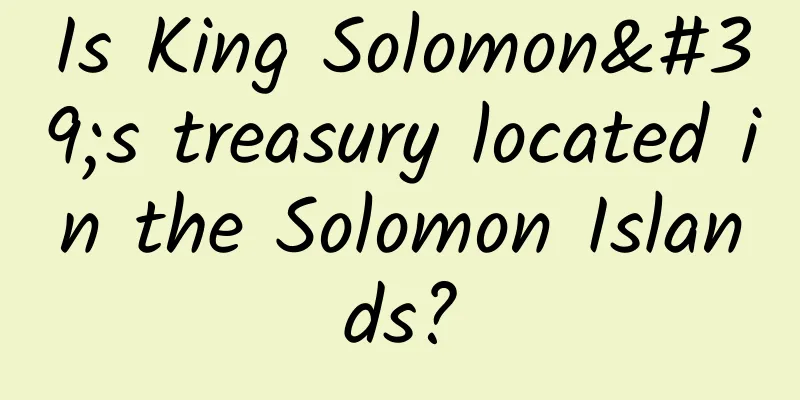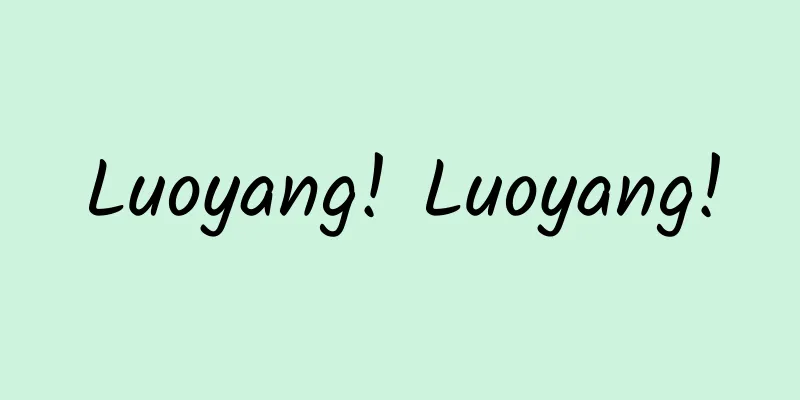Is King Solomon's treasury located in the Solomon Islands?

|
The Solomon Islands were formed in the Cretaceous period, composed of submarine plateaus that rose from the seabed at that time. They were subsequently affected by the Eocene-Oligocene Altun magma, forming an ocean base dominated by basalt. During this period, two phases of arc shell growth took place. The first phase of arc growth laid the foundation for the central Solomon Islands, such as the Shortland Islands, Isabel Island, and the Florida Islands. Another phase of arc-shaped growth lasted from the Miocene to the present day, and included Savo Island, the second largest island in the Solomon Islands, Russell Island in New Zealand, and the New Georgia Islands, all of which were formed during the second phase. After the global terrain became basically stable, Homo sapiens began to move out of Africa and spread to all parts of the world. About 60,000 years ago, the first group of Australian aborigines arrived in Australia and made Australia their base. Their footprints began to appear in the archipelagoes around Australia. Most of the aborigines who landed in the Solomon Islands came from Australia. Therefore, currently 85% of the population of the Solomon Islands are Melanesians of the Australian race. The Melanesians who landed in the Solomon Islands basically lived a self-sufficient primitive life until the 16th century, when an Indian told the Spanish colonists that there was an island rich in gold in the Pacific Ocean. When the Spaniards heard this, they were shocked. At that time, Spain was the overlord of the sea, so how could they let go of the gold on the sea? In 1567, under the leadership of de Mendana, two Spanish ships set out from Peru in South America and headed for the vast Pacific Ocean. After sailing for three months, they actually found several islands with quite a few residents. They searched all over the islands and actually found gold sand. So they thought they had found the legendary treasure of King Solomon, and the "Solomon Islands" were named after it. Since its discovery, the peaceful days of the Solomon Islands are gone forever. As the imperialist powers launched a frenzy of dividing up the world's territories, the Pacific island region began to gradually reveal its important strategic significance. Although the Spaniards did not discover gold in the Solomon Islands at that time, the local specialties such as sea cucumbers, pearls, and seashells caught from the sea by the indigenous people of the island were also favored by Western countries. Because of their backward economy, Western countries exchanged industrial products such as iron tools, guns, tobacco, clothing, etc. for local specialties. It is this traditional barter economic exchange that gradually highlights the importance of these seemingly insignificant islands in the vast ocean. That is, it serves as a supply point for food, fresh water and fuel for Western countries at sea, and also as a base for trading sandalwood with Australia, New Zealand and China. By the second half of the 19th century, Western countries had increasingly close ties with the Pacific islands, and some countries had even established fixed commercial bases there. In this wave of dividing up the world's territory, the struggle for maritime power over the Pacific islands is particularly intense. At that time, Britain defeated the Netherlands and became the overlord of the sea. Naturally, it was determined to get the fat piece of meat in the Pacific Islands, but this piece of fat meat was also coveted by other powerful countries. Among them, Germany's unscrupulous aggression and expansion here finally touched the bottom line of the "Empire on which the Sun Never Sets". In order to maintain their dominant position, Britain and Germany launched a fierce competition for spheres of influence in the region. In 1884, Britain established a protectorate in the southern part of New Guinea; In 1885, Germany occupied Bougainville and three other islands as well as some smaller islands, calling them the North Solomon Islands; In 1886, Germany established a colony in the northern part of New Guinea; In 1888, Nauru was annexed by Germany and became part of the Marshall Islands Protectorate; In 1892, both the Gilbert and Ellice Islands were occupied by Britain; In 1893, Britain occupied the rest of the Solomon Islands; In 1899, the United States and Germany divided Samoa; in the same year, Britain gained control of the entire Solomon Islands. In the end, the fate of the Solomon Islands was controlled by the British for more than 40 years. During World War II, the first three years of fighting did not affect the waters near the Solomon Islands until Japan attacked Pearl Harbor in the United States, gaining a significant advantage in the Pacific battlefield. After tasting the sweetness, they decided to occupy Port Moresby in New Guinea and Tulagi Island in the Solomon Islands in order to completely control the Pacific region and then land on the Australian continent. However, the U.S. military had recovered from the Pearl Harbor incident and did not give Japan any chance. After nearly a year of naval warfare, the United States successfully prevented the Japanese invasion. From then on, the fighting near Solomon came to an end. In modern times, the Solomon Islands officially declared independence in 1978 and broke away from British colonial rule. From this time on, the Solomon Islands began to enter the international vision. As an island country, its inherent advantage is naturally its rich tourism resources. In 2017, CNN Travel ranked the Solomon Islands as one of the top 10 places in the world to visit due to its flat coastal terrain and low levels of marine pollution, describing the area as "the world's epicenter of marine biodiversity." But island countries also have to face a bigger problem, which is the continuous reduction of land area. Over the past 20 years, the Solomon Islands has been a hotspot for studying sea level rise. Observations of the coastlines of the 33 coral islands in the Solomon Islands from 1947 to 2015 found that five islands had completely disappeared and another six had been severely eroded. People have to move to other islands, and the living environment is not optimistic. The Solomon government is also actively looking for ways to deal with it. Let’s hope Solomon Islands doesn’t become the next Tuvalu. |
<<: “Hahaha”, this is the reason?!
>>: What tortures have humans invented to exterminate mosquitoes?
Recommend
Can hand sanitizer replace hand washing? 6 hand washing misunderstandings, how many of them have you encountered?
Hands are the part of the body that most often to...
By the end of 2023, we will have met 4 new “friends” outside the Milky Way!
Author: Fang Yangxuan, Zhao Jingyuan Review | Zou...
Is the Four Kingdoms War on Internet TV a great success?
Recently, Internet TVs have been competing to be ...
In addition to space junk, they also threaten spacecraft!
Not long ago, NASA, ESA and the Canadian Space Ag...
Why does it seem that Apple is getting cheaper and cheaper, while Android is getting more expensive? What is the reason?
It is just an illusion that Apple products are be...
Are people who love to eat meat more likely to develop colorectal cancer? Huaxi experts: There are also these 4 high-risk habits!
The recent weather Don't go out for a good me...
JDI and JOLED to merge in last-ditch effort to promote Japan Display
In the 1990s, Japan was the leader in the global ...
Tips to improve the effectiveness of headline advertising!
As an optimizer, have you ever been often blamed ...
Frequently asked questions about server rental?
Various problems are likely to arise during the s...
3 steps to growth hacking
In recent years, the concepts of growth have emer...
MONA M03, Xpeng Motors’ savior or troublemaker?
Suddenly, like a spring breeze, many brands becam...
Geely Star is willing to invade BYD's heartland. Can the high-end version beat BYD Dolphin?
On October 9, Geely Xingyuan was officially launc...
No matter how high-end the frankincense is, it doesn’t taste like milk.
At the beginning of the narrative, let us first c...
4 tips and 6 taboos for live streaming sales
As a short video platform with more than 600 mill...
Which continent does Russia belong to: Website was downgraded? Using the right method is the key!
Now more and more companies are doing website opt...









